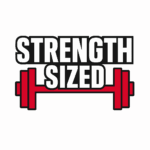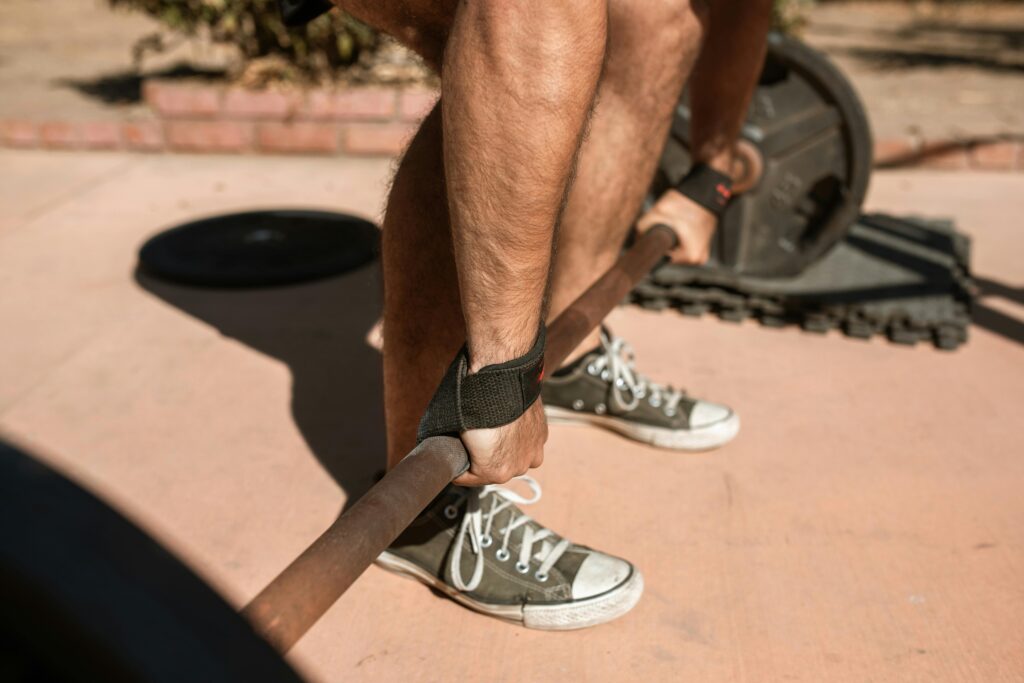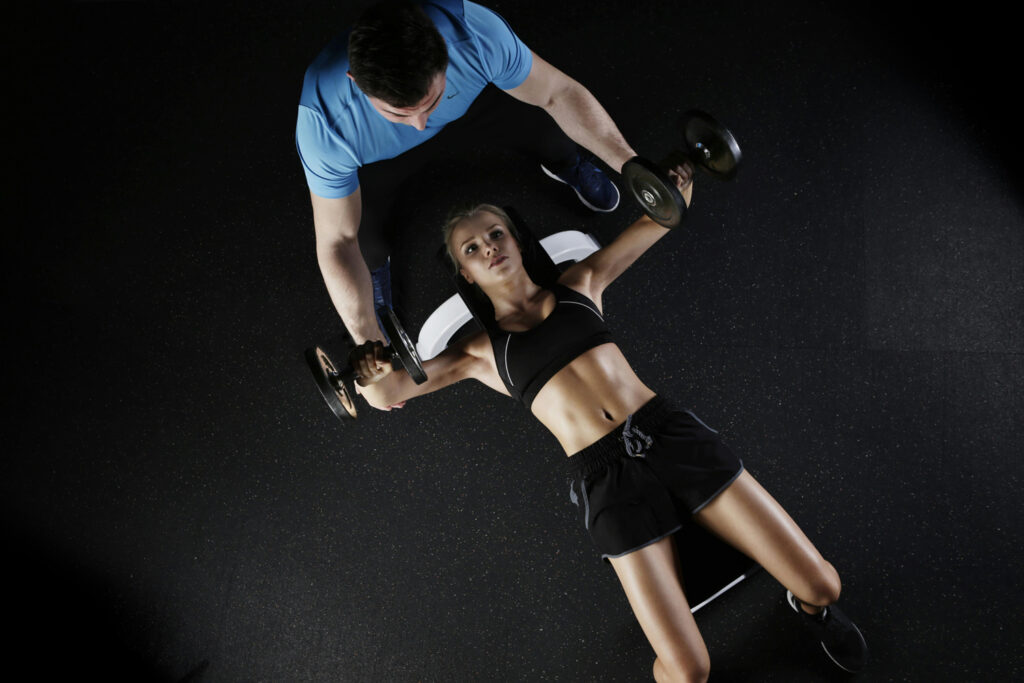Introduction
Walk into any gym, and you’ll see a spectrum of accessories — belts, straps, sleeves, shoes, gadgets — often worn by lifters of all levels. Some look like seasoned competitors, others like weekend warriors. With so much lifting gear available, many non-competitive lifters wonder: do I actually need any of this?
The short answer is that some gear helps, but most of it is optional or even overrated. This guide is written for recreational lifters who want to train hard and stay safe, without chasing powerlifting records or worrying about competition rules. Here, we focus on lifting gear that provides real-world benefits like improving safety, enhancing comfort, and supporting better technique.
Do You Even Need Lifting Gear?
Lifting gear refers to accessories like belts, straps, shoes, sleeves, and wraps that are used to support your body during weight training. Some people believe gear is only for elite lifters or that it’s a form of cheating. In reality, the right equipment can reduce injury risk and help you train more effectively. The goal is to use gear as a tool to enhance your performance, not as a crutch that masks weaknesses.
The Only Gear Most Lifters Actually Benefit From
One of the most overlooked but absolutely essential pieces of gear is proper footwear. The shoes you wear while lifting can make or break your performance and safety. Standard running shoes have soft, compressible soles that absorb force and create instability during lifts. That’s the last thing you want when trying to drive power into the floor. For most lifters, switching to flat-soled shoes like Converse, Vans, or dedicated lifting shoes immediately improves balance, control, and force transfer.
Don’t get intimidated by weightlifting shoes with an elevated heel — they’re not just for Olympic lifters. These shoes are incredibly sturdy, with solid soles that provide unmatched stability. The raised heel can help lifters who struggle with ankle mobility or who prefer a more upright squatting posture. Even recreational lifters often find that these shoes make barbell squats and other lower body movements feel more controlled and consistent. If you primarily train compound lifts and value a rock-solid base, weightlifting shoes can be a smart investment.
Once you get into heavier weights, the most consistently useful piece of gear for even non-competitive lifters is a weightlifting belt. When used properly, a belt helps brace your core and maintain spinal alignment during heavy lifts like squats and deadlifts. It works by increasing intra-abdominal pressure, creating a stable foundation for lifting. You don’t need to wear a belt for warm-up sets or lighter accessory work, but for working sets near your max, it’s a valuable addition.
Another underrated yet highly effective tool is a pair of lifting straps. These help if your grip tends to give out before your back or hamstrings especially during longer sets of pulling exercises like romanian deadlifts or barbell rows. Rather than letting your hands limit your potential, straps let you focus on the target muscles and push harder through tough sets. There are various styles, including loop straps and metal hook designs, depending on your preference and training style.
Helpful Gear, But Not for Everyone
Some gear isn’t essential but can be helpful in certain situations. Knee sleeves, for instance, provide warmth and compression around the joint, which can be useful for older lifters or anyone dealing with mild knee discomfort. They don’t offer structural support like a brace would, but they can boost confidence during heavier squats.
Wrist wraps serve a similar function for pressing movements. If your wrists tend to ache during bench presses or overhead presses, wraps help by stabilizing the joint and keeping your wrists in a stronger position. They’re especially helpful for lifters with past wrist injuries or limited mobility.
Deadlift socks may seem like a niche item, but they’re useful for protecting your shins when pulling from the floor. If you often scrape your skin on the barbell, a good pair of high socks can make training more comfortable and consistent.
Overrated or Unnecessary Gear
Compression gear is a popular item that promises performance enhancement. While it might help with blood flow and muscle warmth, its impact on actual lifting performance is minimal for recreational lifters.
Waist trimmers and lifting gloves are largely cosmetic or even counterproductive. Waist trimmers won’t help you lose fat around your midsection, and gloves can actually reduce your grip on the bar. If your hands hurt or slip, you’re better off using chalk or straps, unless you really need to protect the skin on your hands.
Buying Tips
When buying lifting gear, less is often more. Focus on quality rather than quantity. A well-made lifting belt, a solid pair of lifting shoes, or reliable straps will last for years if taken care of. Make sure everything you buy fits properly and suits your training style — ill-fitting gear is more of a distraction than an aid.
Final Thoughts
You don’t have to be a competitive lifter to take your training seriously. The right lifting gear can make a big difference in how safe, effective, and enjoyable your workouts are. Start with the basics — often just proper footwear will be enough for most beginners to achieve great progress. Expand your kit from there once you feel like it would add value.
Lifting is a long-term pursuit. Having the right tools helps you stay consistent, and ultimately get stronger.


